A beautiful restoration heralds a new chapter for this 1930s Christchurch villa
Written by
08 October 2023
•
4 min read

Located on a quiet, leafy street in the St Albans suburb of Christchurch, this 1930s villa was in desperate need of a renovation. Having undergone various alterations throughout its lifetime, with numerous owners putting their own spin on the layout, the home had no rationale, underutilised spaces, and a disjointed ad-hoc feel. Barry Connor Design was engaged to renovate the home, taking on the challenge to transform its confused, disorganised layout into a cohesive and functional home for a growing young family.
“We worked closely with the clients to understand their needs and preferences, and looked to develop a design that seamlessly blends modern amenities with the villa's classic character,” Barry Connor explains. “One of our key objectives was to create more flexible social spaces that could respond to a variety of different occasions and scenarios. We looked to accomplish this by reimagining the layout and curating an open-concept living area that can seamlessly adapt to the family's changing needs over time.”
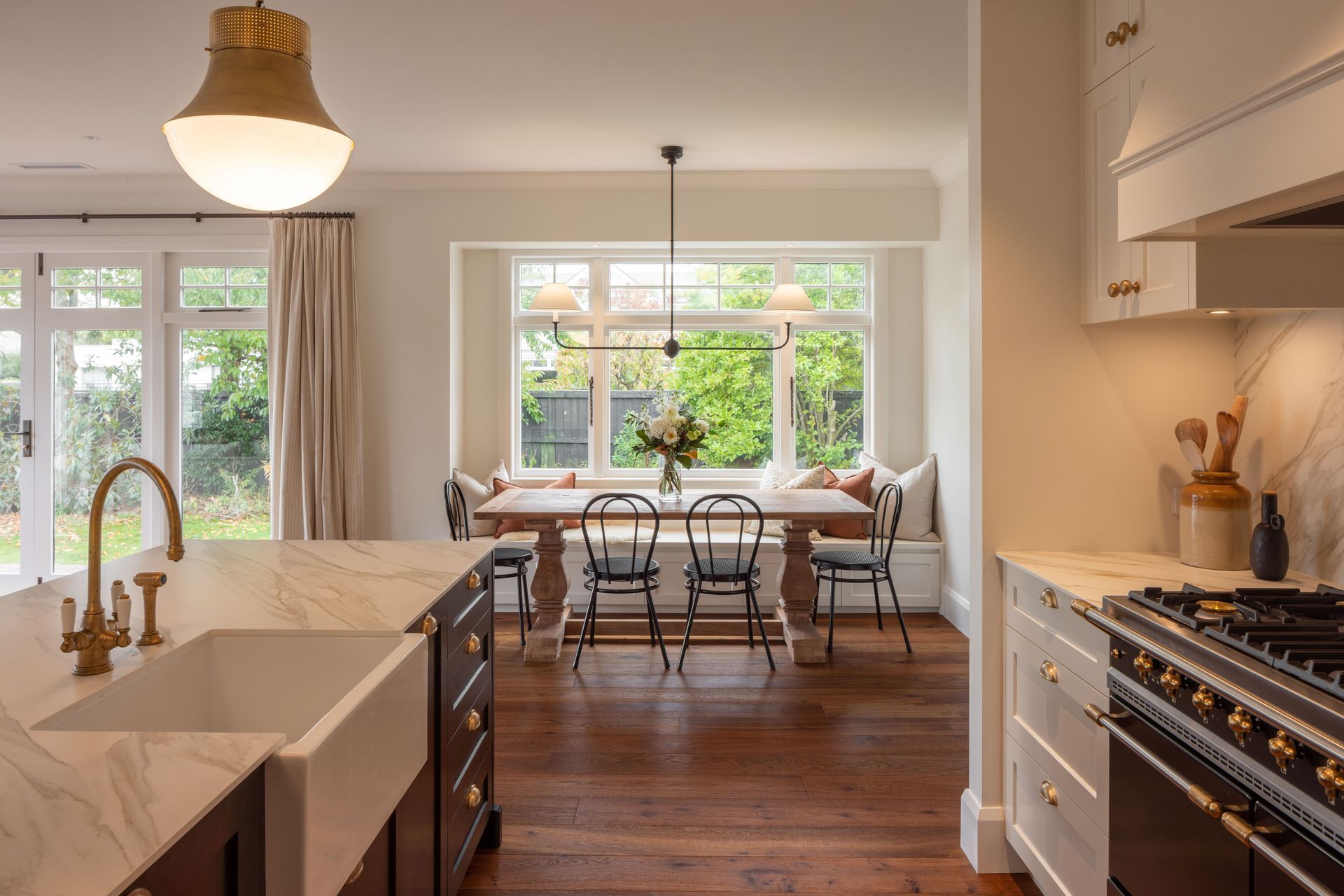
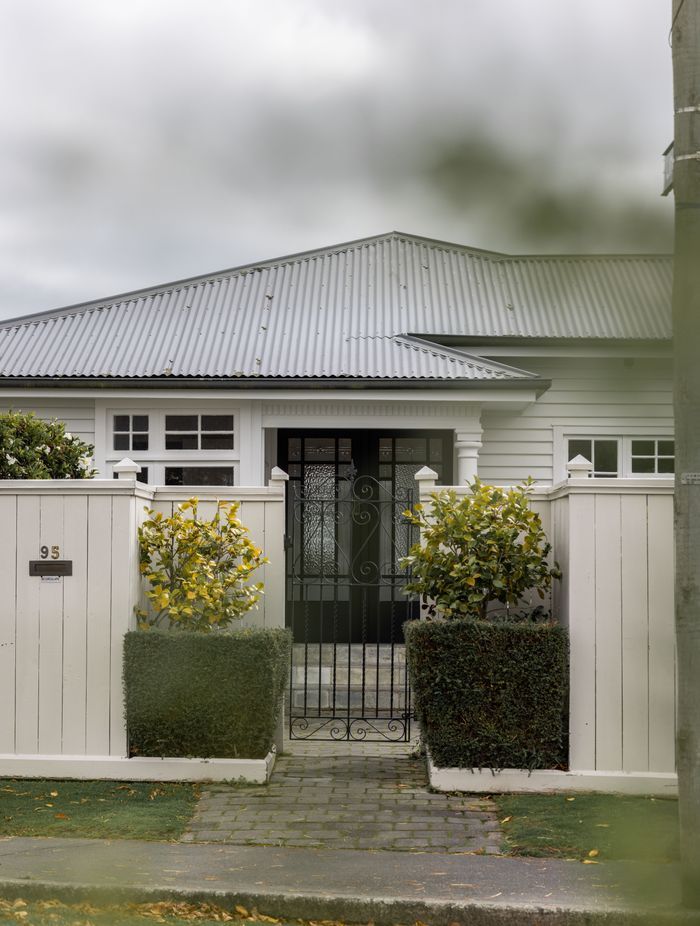
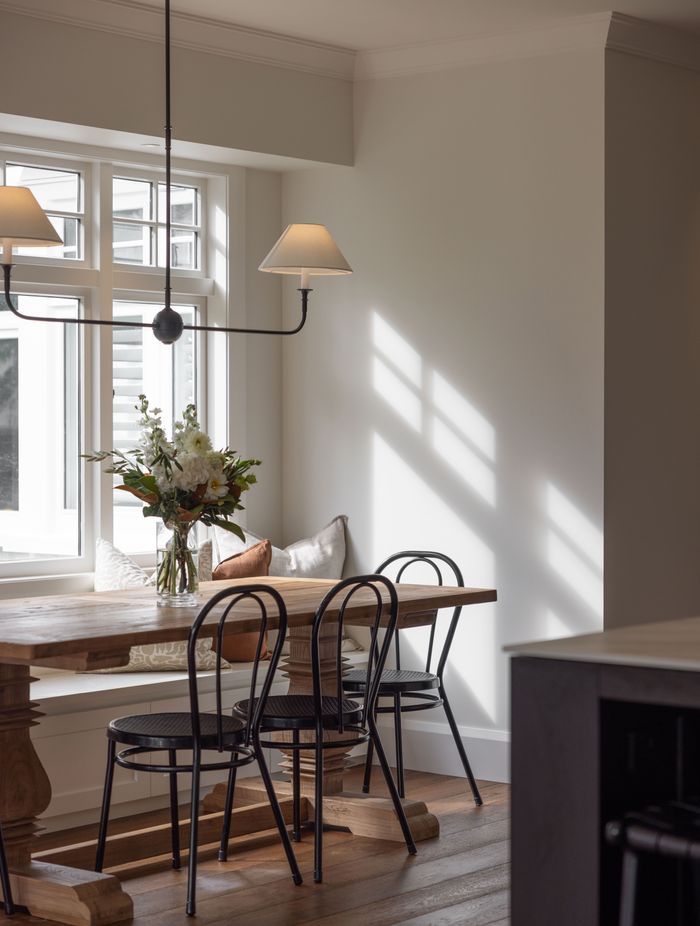
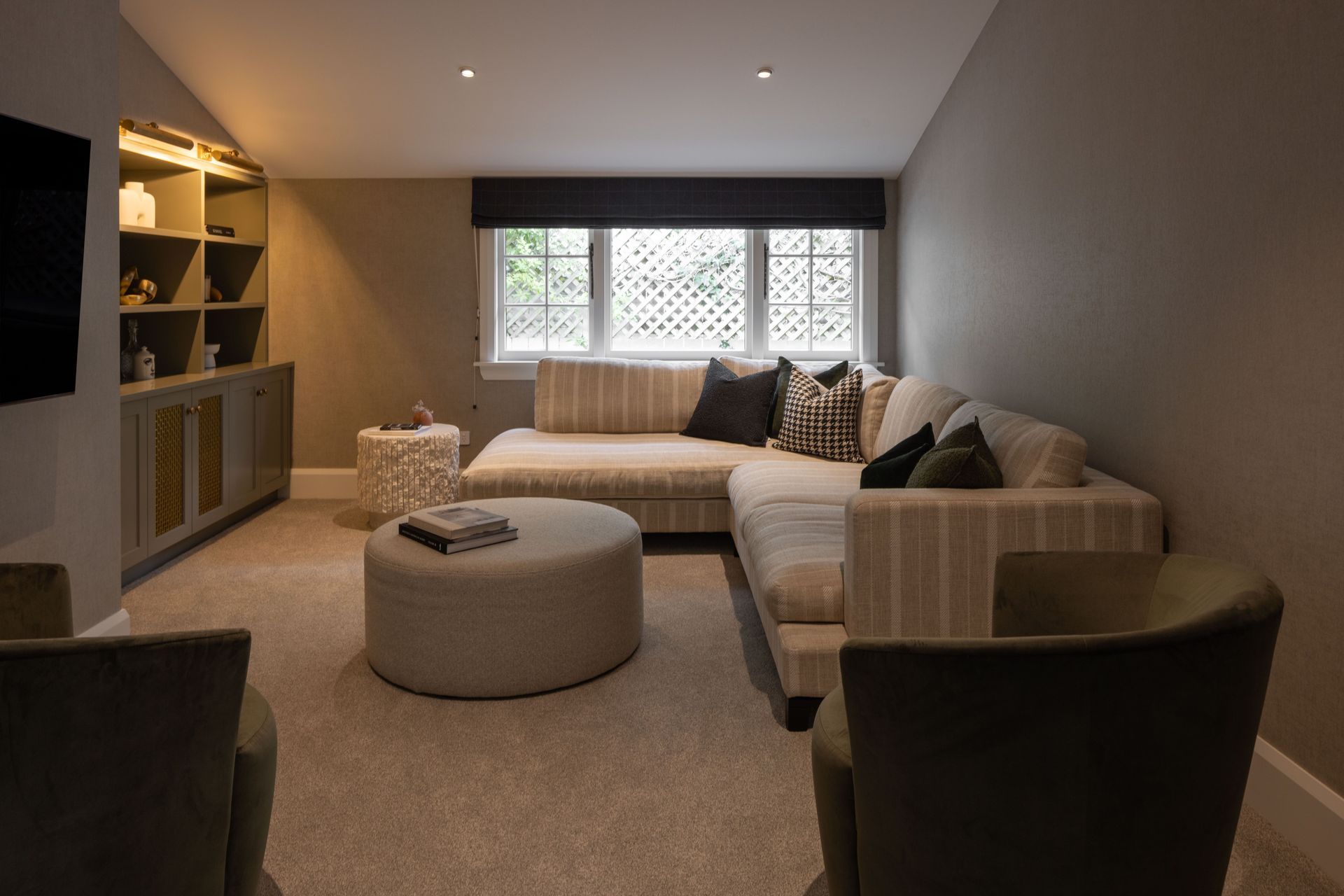
The main living spaces were clustered along the trajectory of sunlight, maximising natural light to create a bright, open feel. Not only did this approach enhance the functionality of the space, but supports sustainable living by decreasing the need for artificial lighting during daylight hours.
The original timber floors were preserved, paired with the neutral palette of soft whites, marble, gold and black accents to bring a rich warmth to the space. Crittall doors separate the home’s various sections, distinguishing spaces while retaining natural light flow and line of sight. A butler's pantry was added to the kitchen, closed behind another set of Crittall doors — this time with fluted glass — for a touch of industrialism that feels perfectly in balance with the home’s villa character and inviting, farmhouse feel. With elegant lighting and gold tapware, chic wallpaper and marble tile, the bathrooms have the luxurious air of a five-star retreat.
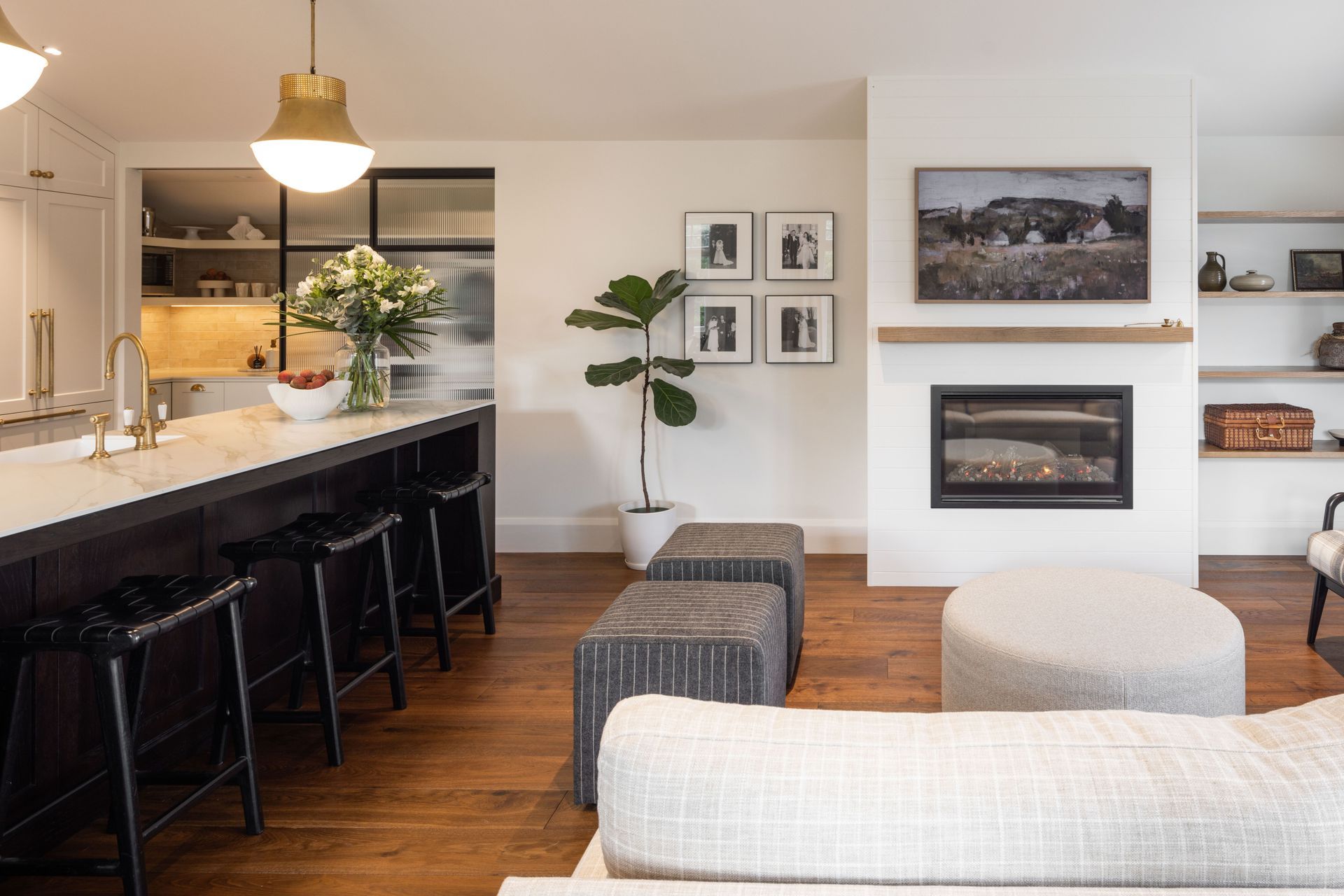
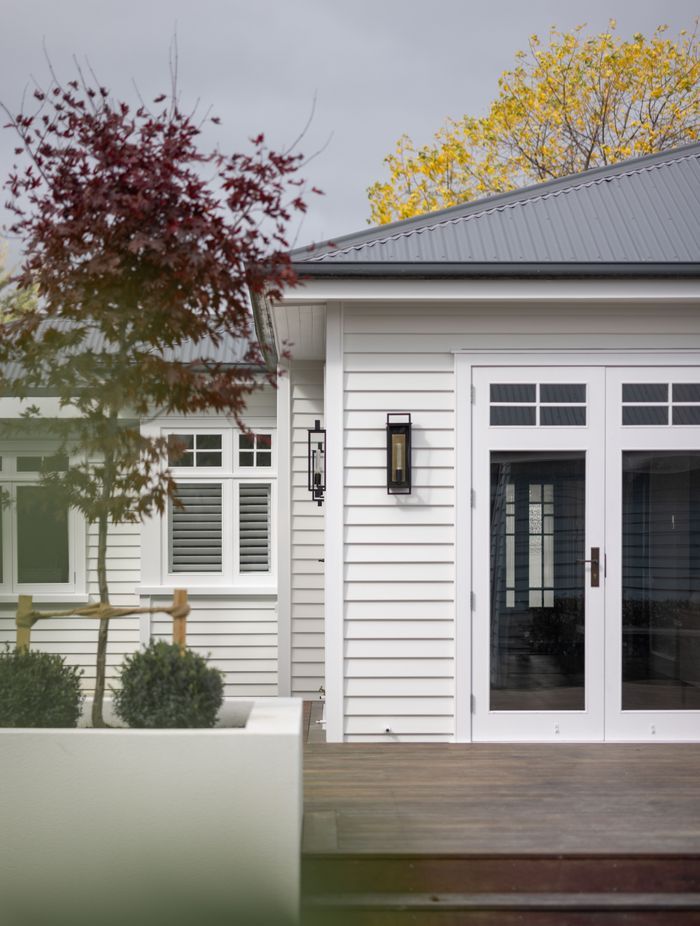

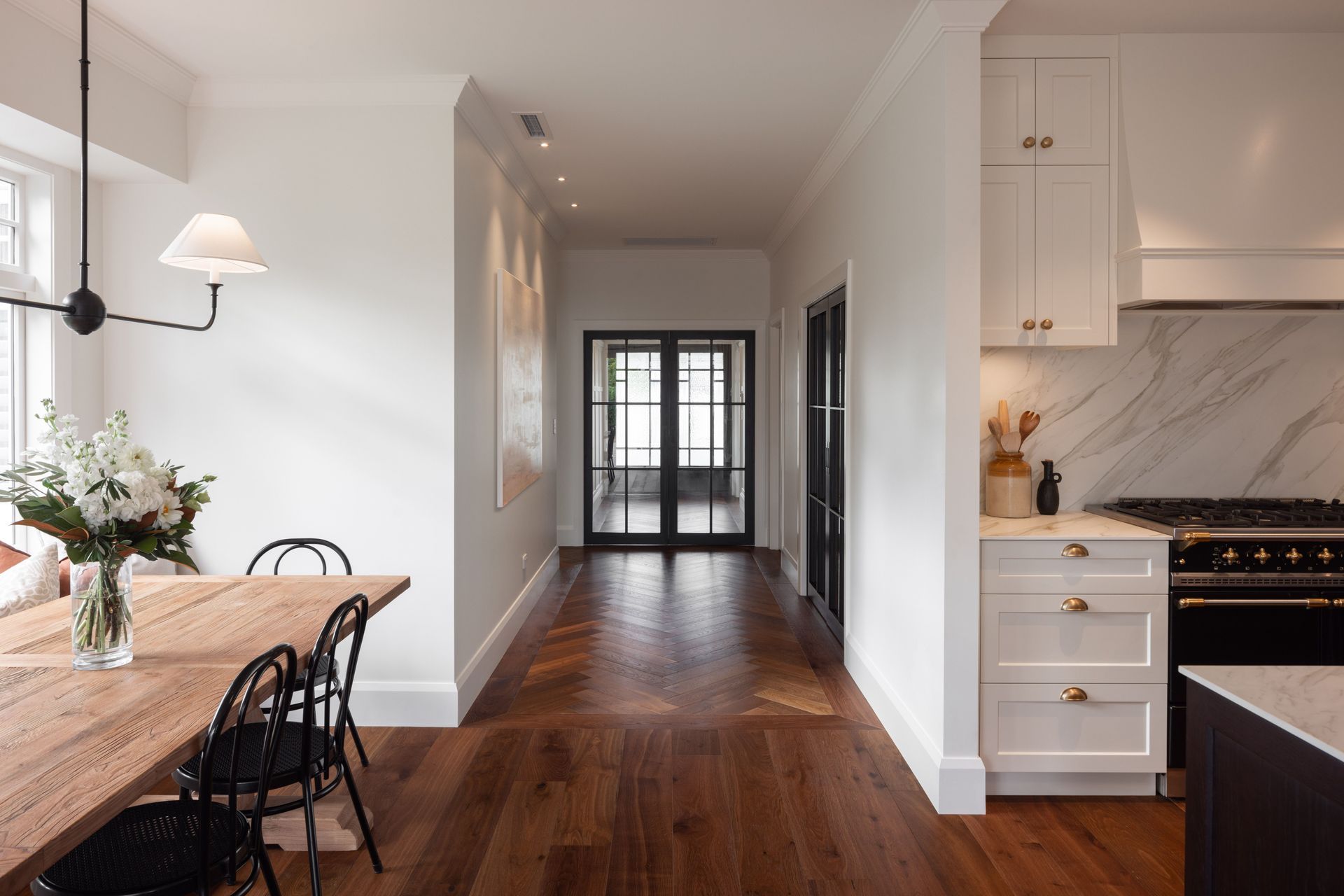
Creating a connection between the villa and its garden space was also a priority for the function and feel of the home. “We wanted to create a seamless flow between indoor and outdoor spaces, so we incorporated large windows and doors to bring natural light into the home and provide easy access to the garden.”
The open-plan living and kitchen area opens out onto a spacious deck through the glazed doors, with plenty of room for children to play and guests to be entertained in the summer months.
Alongside harnessing the property’s abundant natural light, sustainable design decisions centred around utilising the existing space — getting it to work smarter rather than relying on further additions to the footprint.
“We looked for opportunities to repurpose existing spaces and provide additional amenities without increasing the floor area. Through thoughtful space consideration we were able to include new amenities into the existing footprint, including a new powder room, media room, and pantry space,” Connor explains.
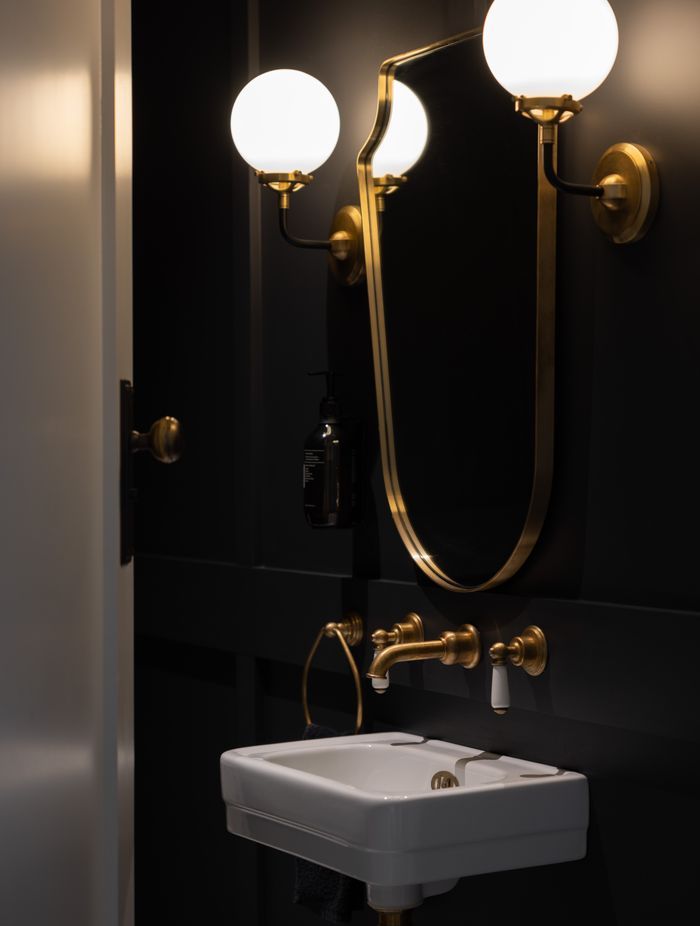

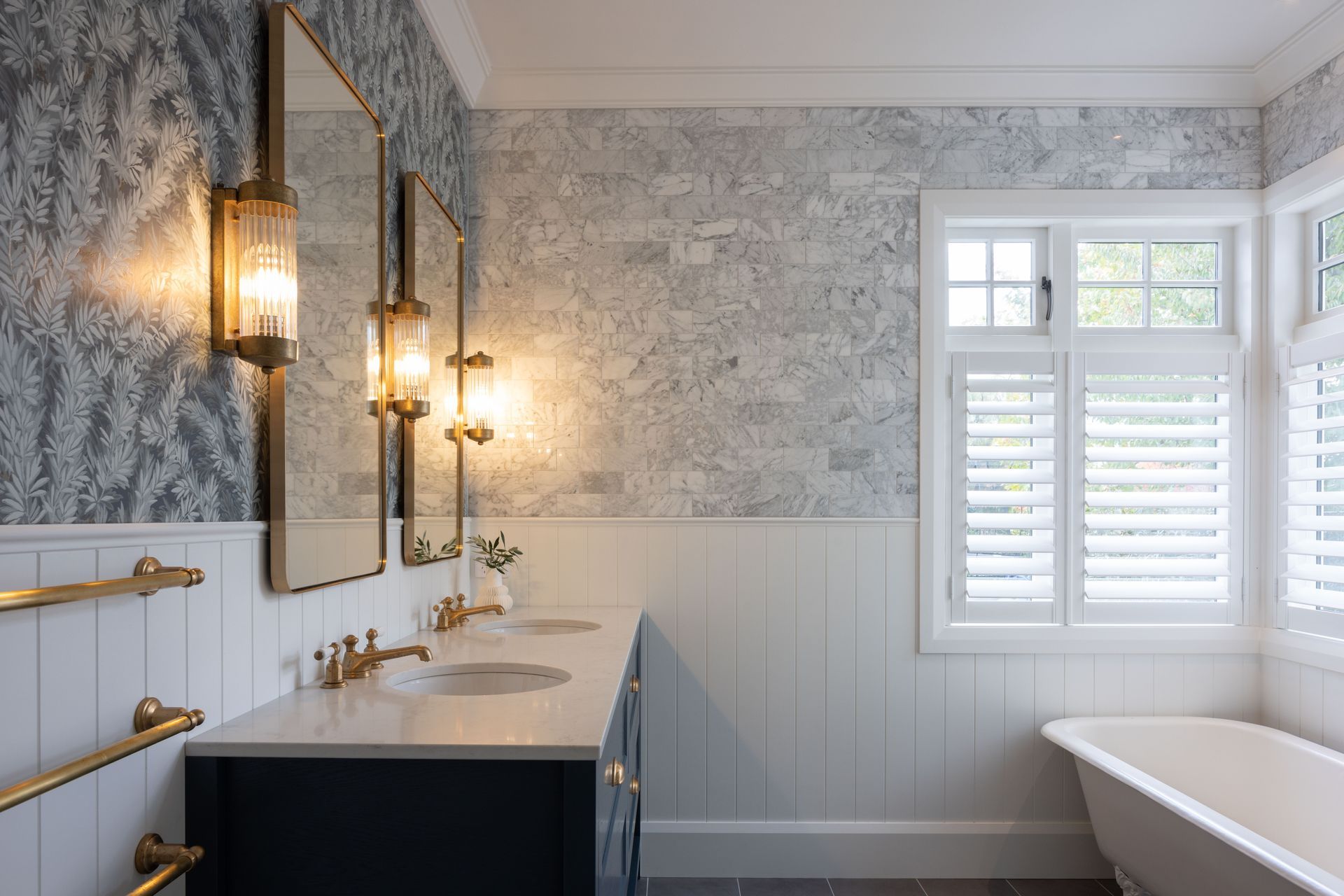
The result of the villa restoration is a modern family home, still referential to its heritage, but now functional — with a cohesive layout, flexible and adaptable plan, and engaging social spaces that meet the needs of the young family.
“This renovation has created a forever home for our clients, allowing them to enjoy and grow into their new home for years to come,” Connor says. Offering glowing feedback, the clients say they’re beyond pleased with how the renovation came out, “We had a really great experience with Barry. It’s amazing how much the house layout has changed whilst still maintaining the existing footprint. We have had so many people say they’re impressed with what he came up with, and we couldn’t be happier with the end result”.
Learn more about Barry Connor Design.